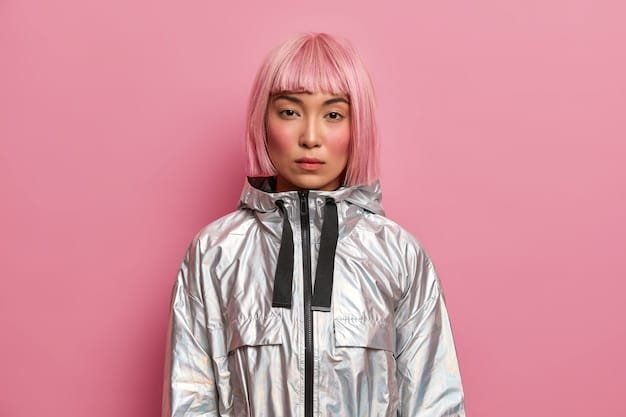
A wig cap is a thin, stretchy cap that you wear under a wig to protect your natural hair from the wig’s synthetic fibers. Made from elastic material, wig caps fit snugly around your head, helping to keep the wig in place and prevent it from slipping off during the day.
Even though it might seem simple, wearing a wig cap is often skipped because it can be uncomfortable, especially if you have long hair. If you’re finding wig caps difficult to wear, here are some alternatives you can use instead.
Alternatives to Wig Caps
1. Scarf
A scarf can be a great substitute for a wig cap as it doesn’t irritate your skin. You can control how tight it is by wrapping it around your head several times. To use, fold the scarf into a rectangle, overlap the shorter sides by about two inches, and place it on your head.
2. Bandanna
Simple and effective for preventing irritation or discomfort, a bandanna works well for both men and women. It’s quick and easy to use.
3. Headband
Many people prefer headbands because they’re less likely to cause discomfort. Available in various colors, patterns, and styles, headbands can be worn under wigs, hats, and scarves. They’re easy to put on, adjustable, and won’t leave marks like some wig caps do.
4. Hair Clips
Hair clips are excellent for keeping your wig secure and your natural hair in place. They are especially useful if you want to keep your natural hair untangled while wearing wigs or weaves.
5. Scrunchies
Elastic hair ties like scrunchies can pull your hair back without causing damage. They come in many colors and patterns, adding a fun touch to your look. Make sure the scrunchy is big enough to fit over your whole head if you’re using it instead of a wig cap.
6. Bobby Pins
Small and flexible, bobby pins are a cost-effective alternative to wig caps. Available in different sizes and colors, they are ideal for securing long hair and can be chosen to match your natural hair color.
Wearing a Wig Without a Cap
Yes, you can wear a wig without a cap. Some people find it more comfortable. However, it’s a good idea to use a bandana or scarf around the edges to keep your hairline secure and prevent the wig from slipping. Keep in mind that wearing a wig without any padding can cause scalp discomfort and headaches.
Drawbacks of Wig Caps
1. Hair Knotting
Wearing a wig cap can cause your hair to knot up due to restricted airflow. Your wig may not look as natural, and the cap might shift, leading to discomfort.
2. Skin Irritation
Wig caps can irritate the skin, particularly for those with sensitive scalps. The synthetic material may cause rashes or itchiness.
3. Head Sweating
Wig caps often make your head sweat, leading to a heavy and uncomfortable wig. Keeping your scalp dry helps maintain the wig’s condition.
4. Scalp Itching
Extended use of wig caps can cause scalp itching because the cap prevents air from reaching your skin and traps long hair.
5. Sensitivity Issues
People with sensitive skin may experience allergic reactions to the synthetic fabrics in wig caps, causing further irritation.
Conclusion
While wig caps are useful for keeping your hair in place under a wig, there are other alternatives like hair clips, scarves, bobby pins, bandanas, and headbands that are more comfortable, safer, and often more affordable with fewer side effects.